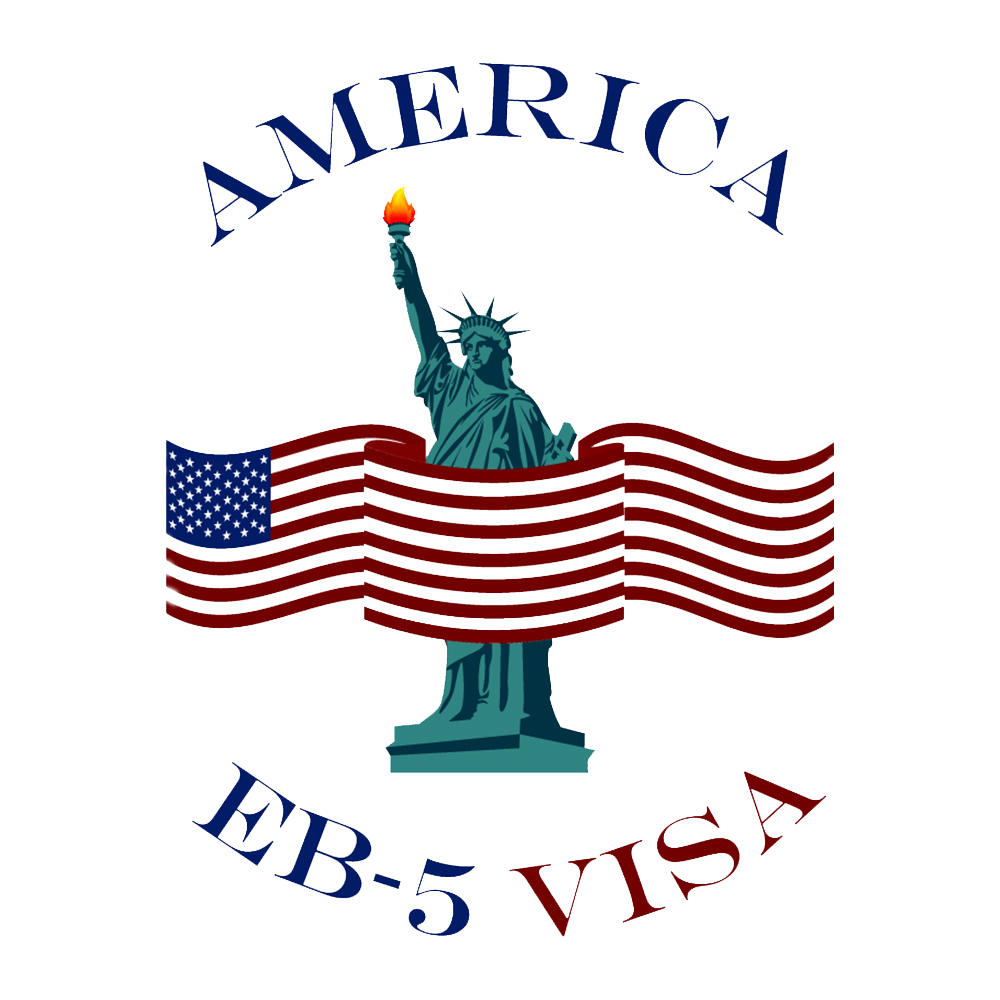Effect of S 386 - Fairness for High-Skilled Immigrants Act of 2020, and its version of House bill H.R.1044
Did you know?
IIUSA, the foremost EB-5 industry advocate, reported that on December 2nd, 2020, the Senate passed S.386, Fairness for High-Skilled Immigrants Act of 2020, its version of House bill H.R.1044. The bill now returns to the House of Representatives for review and vote on the text the Senate amended. If this legislation is passed in the House and signed into law by the President, it will remove the per-country quota limits on all employment-based immigrant visa categories, including EB-5.
What does that mean for the industry? Who will be the winners and who will be the losers, the question everyone is asking now.
There is no question that all the categories that are currently experiencing severe retrogression will get significant relief. For example, at the top of the list are those mainland China-born Chinese EB-5 applicants who have priority days way before than other applicants, born in countries that are processing current, who filed after them. We find this development somewhat ironic because just a few months ago, USCIS moved from the first-in-first-out (FIFO) method to the Visa availability method. This law will essentially totally undo that policy change at the detriment of applicants born in any country other than China and Vietnam. Even the new applicants from mainland-China will see significant relief. Instead of waiting for 15-20 years under the current system, they will be able to get a green card in less than ten years.
Because the processing times of previously filed applicants from countries that are processing today with no retrogression will increase substantially, the number of new applications will likely further decline. The effect of last year’s increase of minimum required investment amount coupled with COVID-19 related travel restrictions dampened the EB-5 appetite considerably. In the first half of 2020, there were less than 100 applications. If the rest of the world goes into complete hibernation in terms of EB-5, it is unclear how the expected renewed appetite of the Chinese could fill that gap.
Another major winner of S-386 would be Indians who have severe retrogression in the EB-2 and EB-3 categories. This law could give all of them a lifeline clearing the backlog much sooner than expected initially.
Suzanne Lazicki, in a recent blog on December 3, 2020, reminded us that the effective date of this bill is October 1, 2022. As such, that delayed effective date would help anyone who is not from China and who does have enough time to push through the I-526/visa process and get green cards under current rules before the October 2022 deadline. Otherwise, the delayed date doesn’t change much since new wait time estimates mainly depend on the number of China-born people in line, and that number may not get a chance to change very significantly in the coming 1.5 years under the current visa process.
We hope that this piece of legislation will not pass from Congress as it would hurt most of our existing and potential future clients badly. If you want to get more information about this new development or EB-5 in general, please do not hesitate to call us at + 1 917 355 9251 or write to us at info@americaeb5visa.com.
Posted by americaeb5visa on December 6, 2020
